10 Things You CAN Paint In Your Rental (+5 Things You Probably Shouldn’t)
Paint is one of the easiest (yes, it’s relatively easy!) and cheapest ways to give a rental home or apartment an entirely different look. In fact, along with wallpaper, it’s probably the best way to create massive visual change in a totally un-doable manner. But while A LOT of different surfaces in your rental can be safely painted (even ones you maybe didn’t consider), there are also some you would be wise to leave untouched. Today, I’m highlighting 10 different areas you can safely paint in a rental and 5 you’ll need to learn to love exactly as they are!
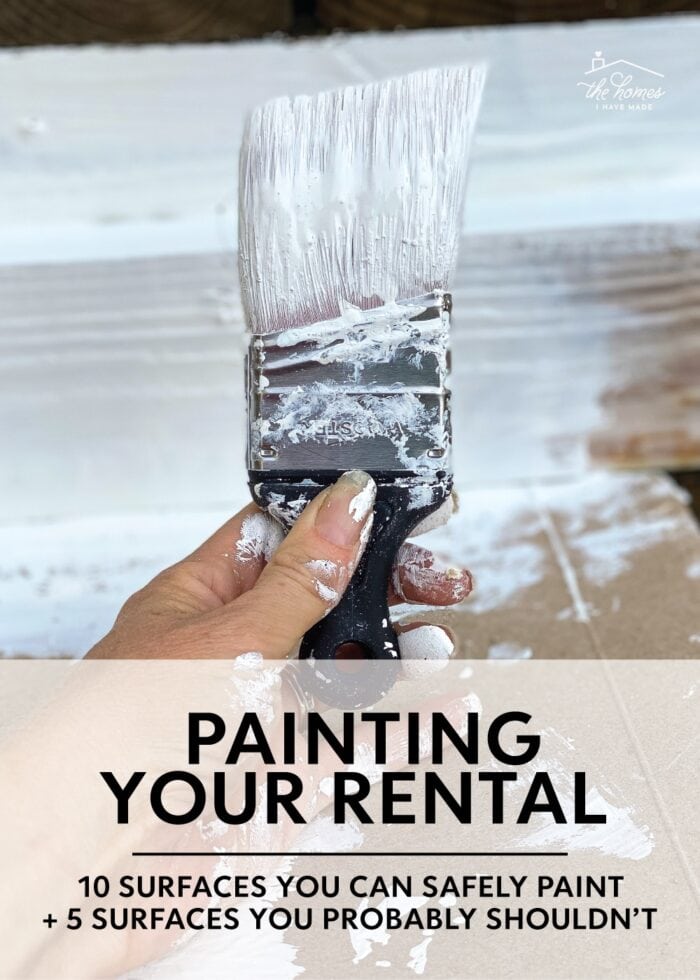
Why Paint Your Rental
As any good home makeover show will teach you, the power of paint is undeniable. Whether you are sensitive to particular undertones (me), want everything “freshened” up (also me), or just have a grand vision for a space (very much me), a room can be completely transformed with paint alone.
Here are just a few examples from our various homes.
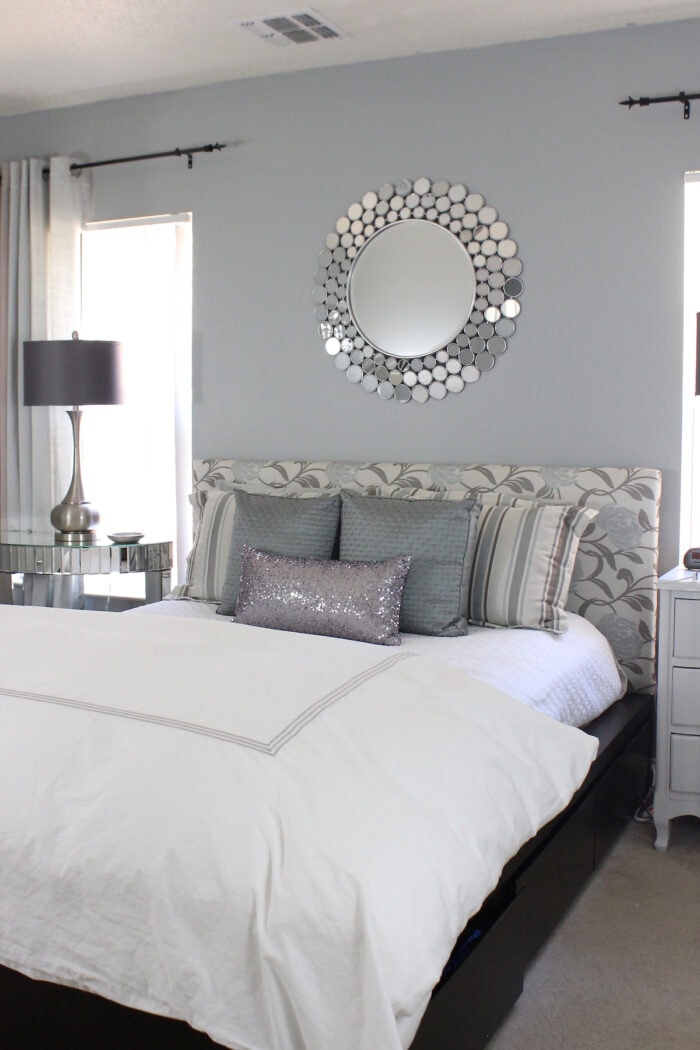
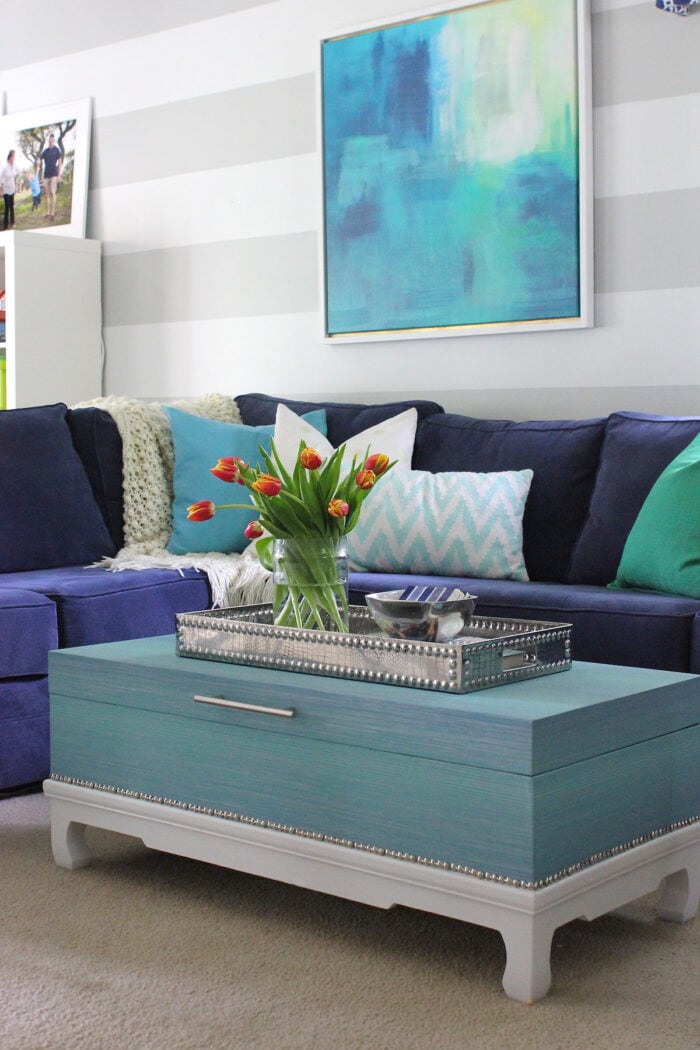
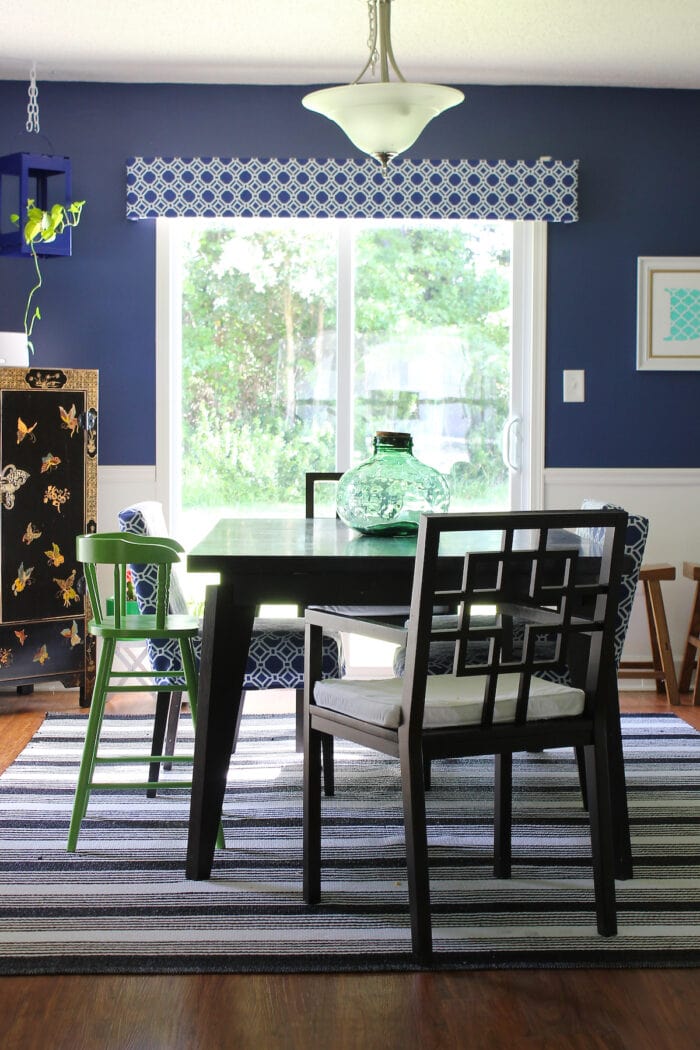
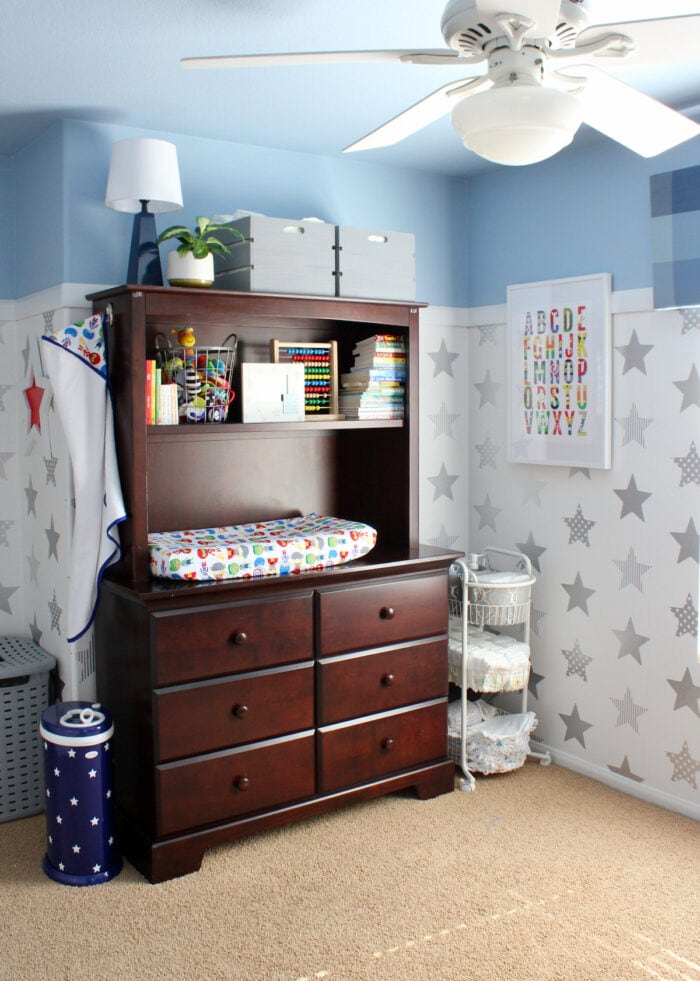
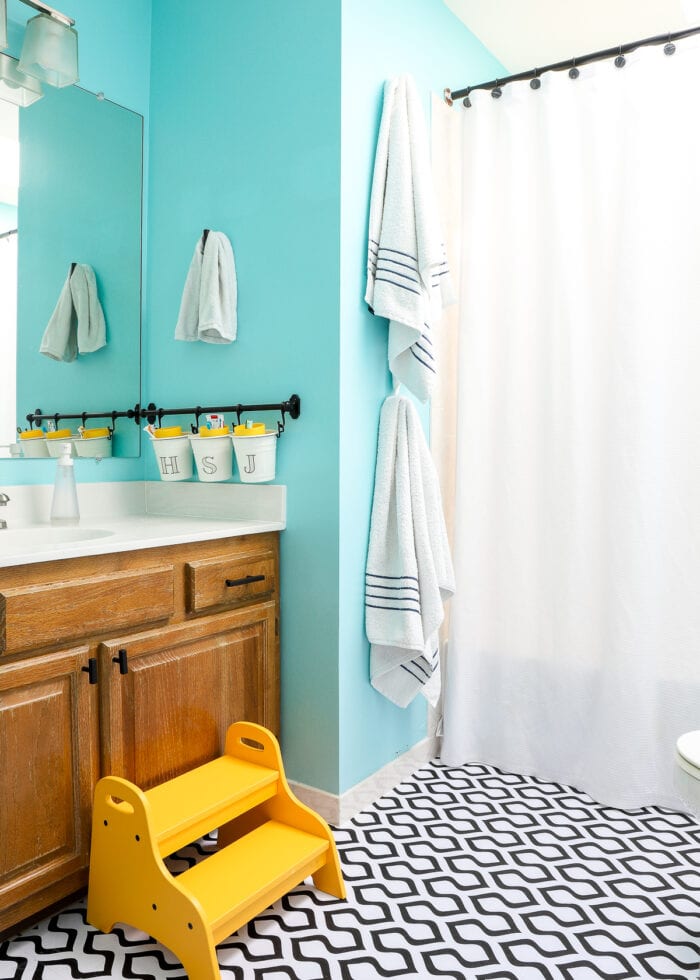
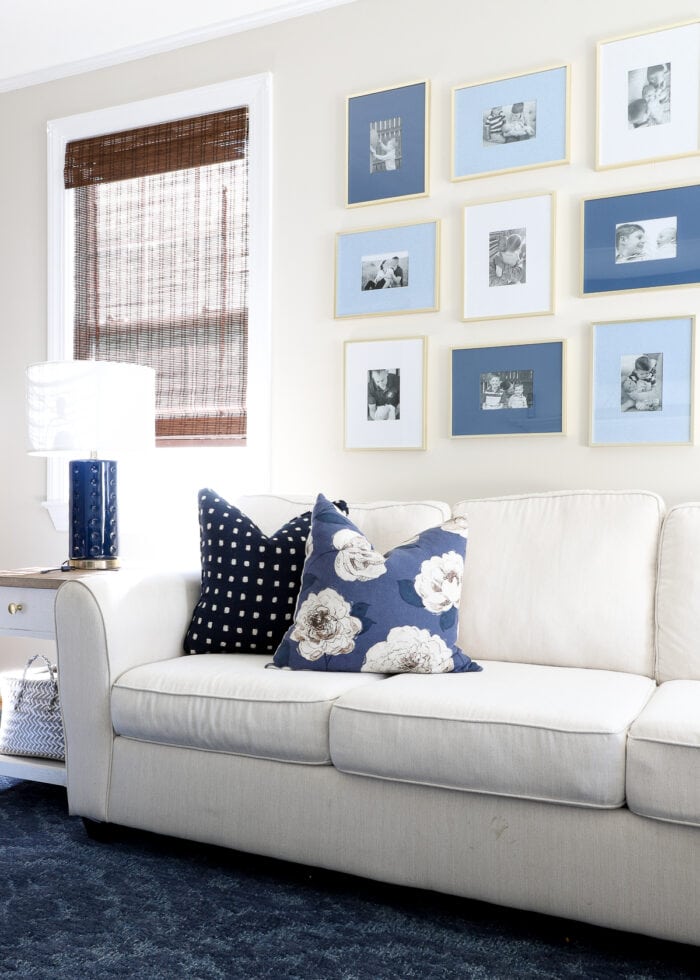
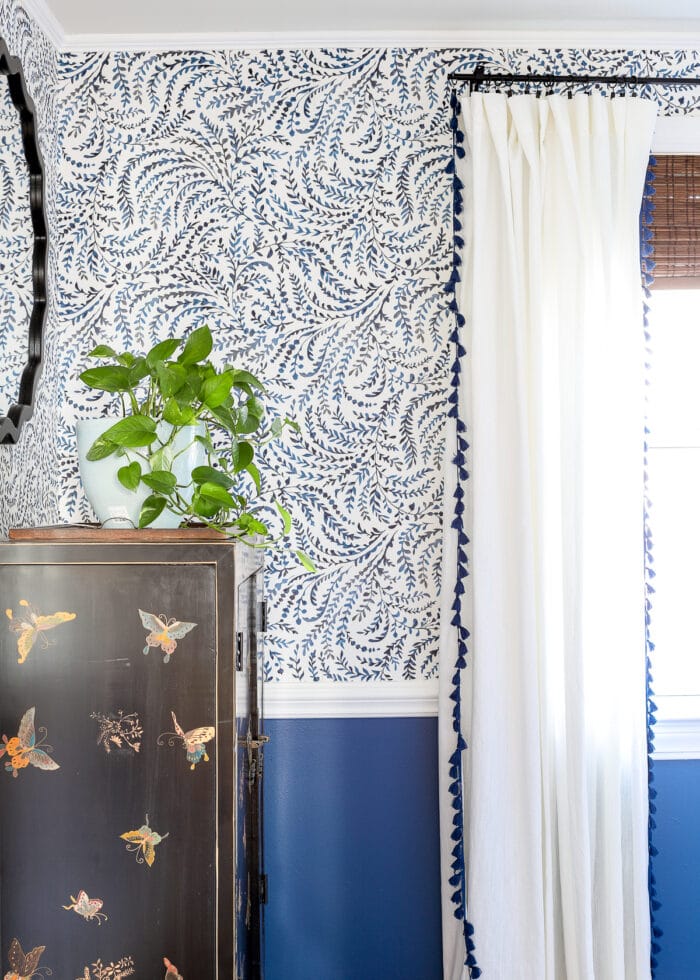
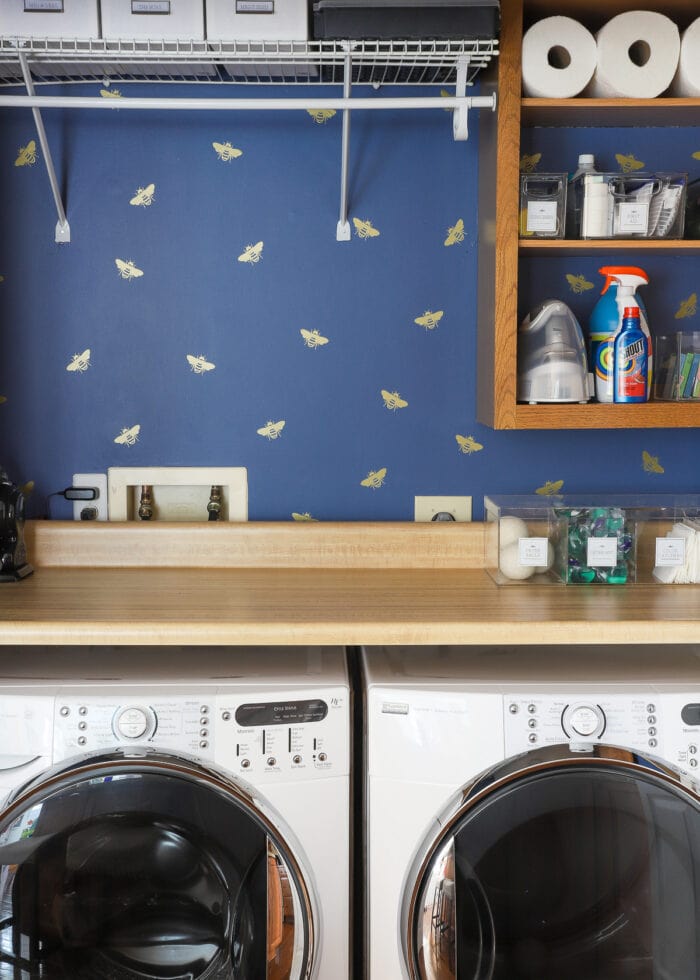
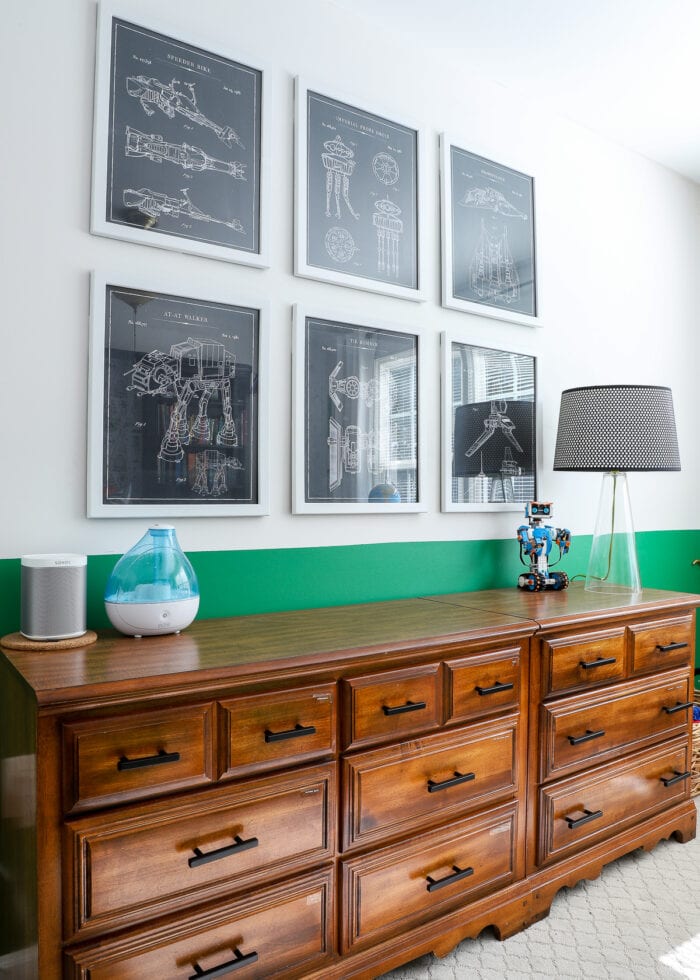
The primary reason paint is so appealing to renters, is that (almost) anything can be covered up again. Yes, painting will require some money, some time, and even some mess. But even the darkest color or wildest statement wall can be primed over and/or returned to its original condition.
If you can’t or don’t want to invest a lot of time or money into your rental but are craving a massive change in aesthetics, paint will no doubt give you the biggest bang for your buck!
Can’t decide if you should paint your rental? I can help: To Paint or Not to Paint? 10 Questions to Consider Before Painting Your Rental
Before You Paint Your Rental
However, before you spend hours deciding on the right paints and purchasing supplies, there is one very important thing you must do: check your lease agreement!
Every rental agreement will have different policies regarding paint. And in order to be certain you are not jeopardizing your security deposit or rent rate, you need to understand what you are and are not allowed to do.
Based on our experiences across 9 different rental properties so far, most rental agreements will fall into one of these three categories:
Painting Is Strictly Prohibited
This doesn’t happen very often, but it can. If your lease prohibits painting, one reason may be to prevent damage, wear-and-tear, or paint spills in the rental unit (e.g., trim, floors, carpet, etc). In our experience, you can (sometimes) get around this by offering to hire professional painters instead of doing it yourself.
Another reason painting may be prohibited is because the owners have an expensive paint treatment or sentimental wall installation in place (e.g., painted mural, non-removable wallpaper, built-ins). In this case, paint (at least in those rooms) will likely be strictly out-of-the-question.
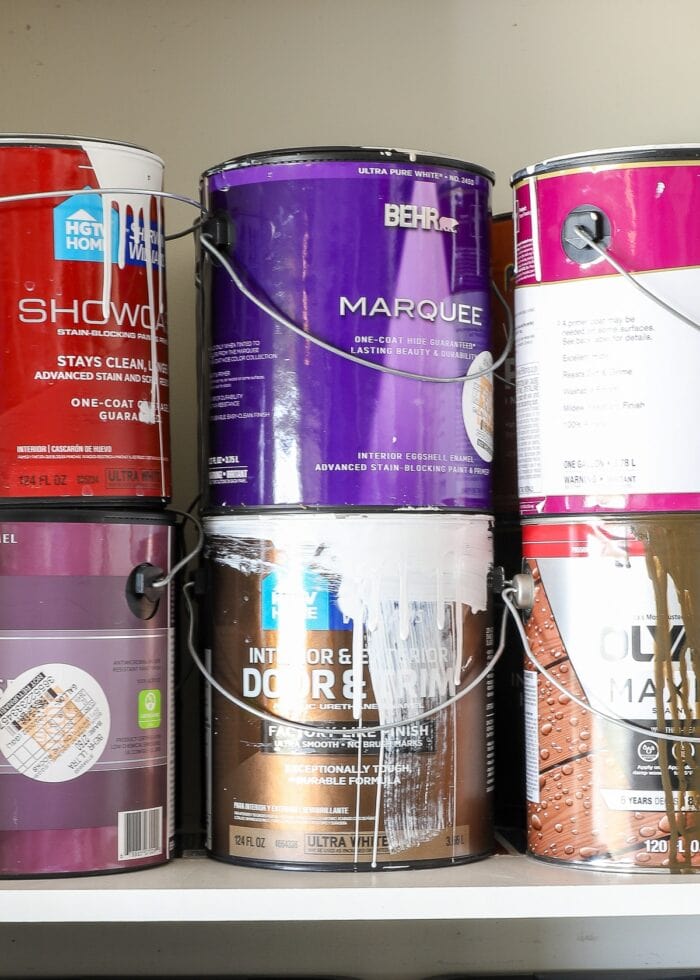
Paint Is Allowed As Long as You Paint It Back
In our experience, most leases fall into this category. You are free to paint surfaces any color you wish, as long as they are either primed back or returned to the original color (more common).
In this situation, you likely won’t need to get permission on color choices or where you decide to paint, as long as you’re certain you can un-do it. So be sure any surface is fully re-paintable (more info below) AND you have the original paint colors documented.
Keep in mind that this lease stipulation will require you to paint twice: as you move in and as you turnover. This is added work and cost you may or may not be up for!
Paint Is Allowed Upon Coordination with Management/Landlord
Finally, some leases allow you to paint if/when given express permission by the landlord or management company. Oftentimes, this can be on a room-by-room basis or only when particular colors are used.
For example, the landlord might want to approve your color choices, or there might be a set of pre-approved colors you’re allowed to choose from (usually neutral colors or ones that can be covered in a single fresh coat of paint).
In this situation, you will be less likely to have to paint the rental back since the landlord/management company was part of the decision process.
That said, always ensure you document the colors, the rooms, and the terms (repainting required or not) in your lease (via an amendment) so there is no confusion (and unexpected charges!) upon move out.
Surfaces You CAN Paint in a Rental
Okay – so let’s say you DO have permission to paint your rental and you are READY to undertake a transformation!
Beyond walls, there are actually lots of surfaces you can safely paint without risking your security deposit. The key is in their “un-do-ability.” Here are 10 different surface you can (usually) paint without problems.
Drywall
Walls are the most common surfaces renters will paint. Not only will they create the biggest impact in a room but drywall is one of the easiest surfaces to patch flaws and paint over.
In order to safely paint the walls, they must be either drywall or already painted. If the walls of your rental have wallpaper, wood paneling, or other non-painted effect, paint is likely not an option.
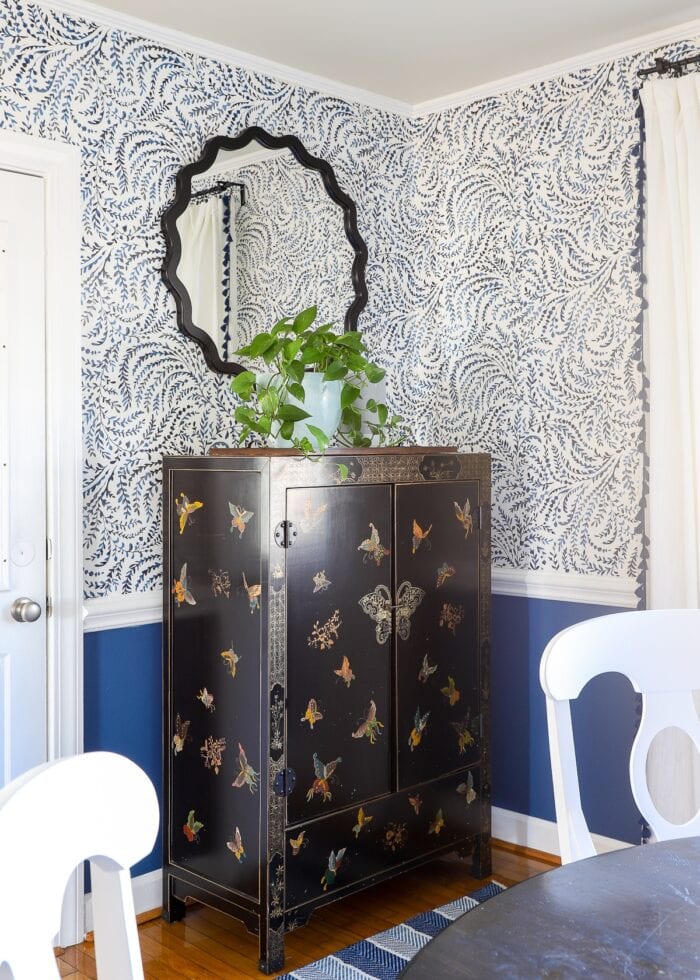
Curious about exterior painting? That is usually too big and too expensive of a task for renters to undertake without involvement from management.
Ceilings
Ceilings are considered a “5th wall” for a reason. They too are (typically) composed of drywall and covered in paint. Although you need to be especially careful of spilling on carpet and other permanent fixtures when painting a ceiling, it’s definitely a surface worth considering for a dramatic transformation!
Painted Trim
If your rental’s trim (e.g., baseboards, crown molding, window trim, mullions, etc) is already painted, you can feel comfortable painting over it. Whether you want to give dingy paint a fresher look or are embracing the colored trim trend, you can safely give these surfaces some color (although it’s going to take you a lot of time!)
The one exception here is wood/stained trim. Stained wood cannot be painted and then returned to its “original” condition without sanding, stripping, harsh chemicals, and a lot of work. If your trim is clear-coated wood or stained, you’re better off embracing it.
Interior Doors
Most interior doors are painted with the same type of paint/color as the trim. As such, you can safely paint any (already painted) interior door a different color to create a visually interesting effect.
Keep in mind: this does not apply to vinyl doors or wood-stained doors. And always be sure you know the exact existing trim color because not all whites are the same. You don’t want to re-paint your door back to match the semi-gloss trim, only to find the whites are slightly off (and then you have to paint all the trim too!)
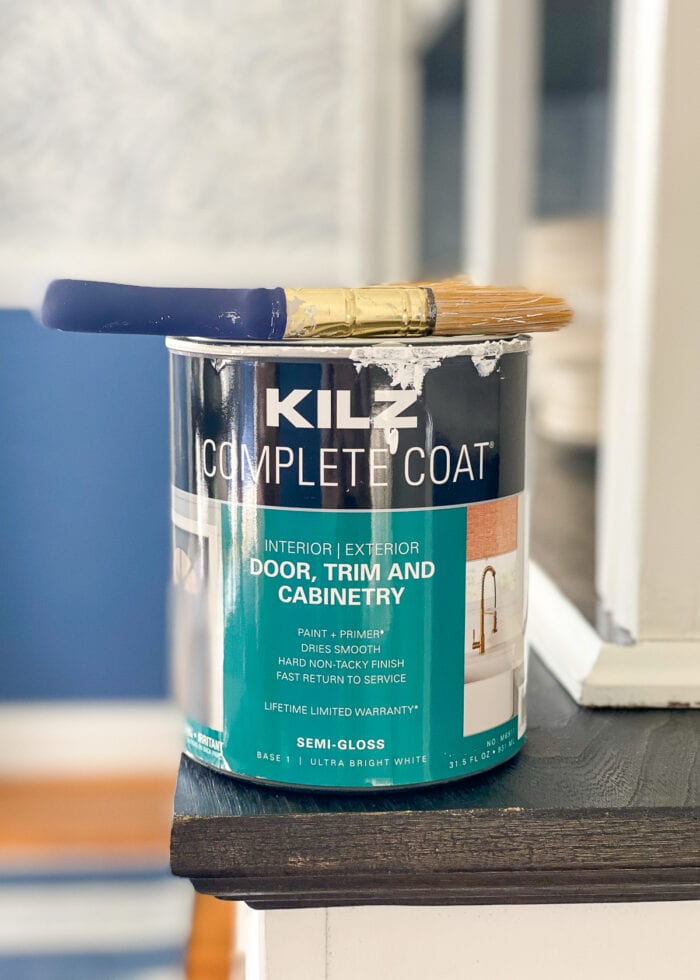
Exterior Doors
Front/exterior doors are almost always painted with easy-to-find door paint. And giving it a fresh color is usually a simple 1-hour project that can really enhance your curb appeal. If you have not been given permission to change the door color permanently, be sure you have the original color (and right finish) documented so you can paint it back.
Stairs
If your stairs are not carpeted, there’s a good chance either the treads, the risers, or both are painted. If there is existing paint, you can feel comfortable painting over it in order to give some color and interest to a bland stairwell.
Carpet and hardwood stairs should remain untouched.
Stair Spindles & Railings
Although they can be a total pain to paint, spindles and railings are also safe to paint if they are already painted. In fact, there’s a good chance the spindles haven’t been freshened up in a long time, and some bright paint can make a world of difference in covering up dirt and scuffs!
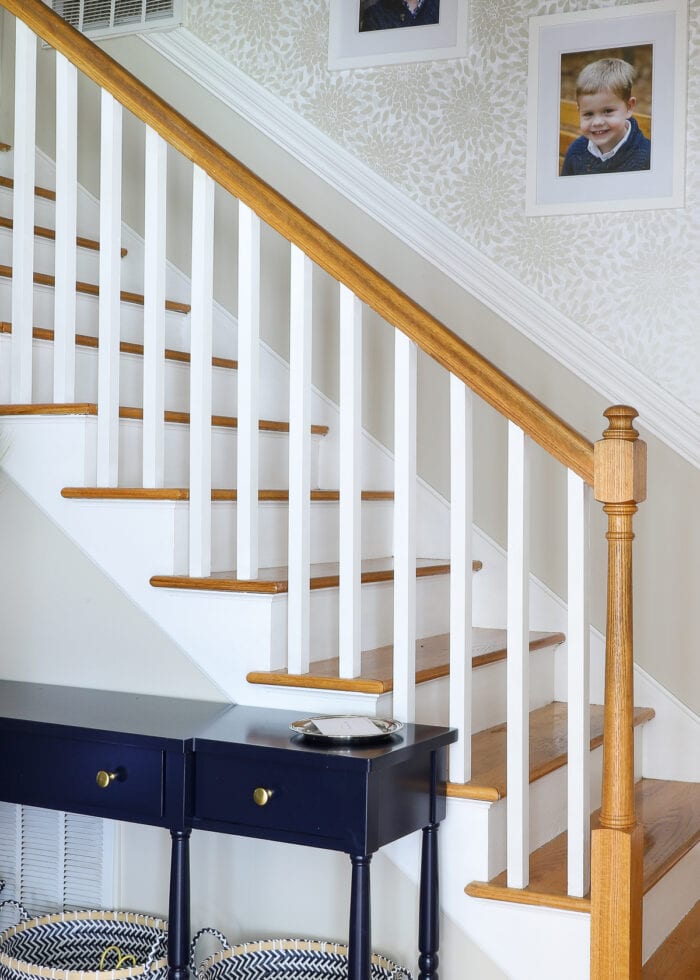
Anything Already Painted
You might have noticed a trend in the last few areas: anything already painted.
In general, if something…anything…in your rental already has a coat of basic latex paint on it (and you know what color it is), you can likely paint over it. This would extend to things like built-ins, mantels, cabinets, etc.
Both the built-in bookcases and the mantel in our current home were painted with the same eggshell yellow-white wall paint as the rest of the house. (We’re fairly certain the entire house was sprayed a single, solid color…doors, trim, ceilings too!)
Below, the original paint is on the interior of the bookshelf, and my new (plain white latex wall paint) is on the edges/cabinets.

While I wouldn’t typically paint these features (especially if they were stained wood or painted in a high-quality finish), I confidently re-painted these bookcases because they only had plain latex wall paint on them. Although I doubt I will have to paint back over the bright white paint, I could easily re-paint on the original color if needed.
Your Own Items
It goes without saying that you can certainly paint your own belongings. And this extends beyond furniture. If you put up your own paneling or your own paintable wallpaper or your own large canvases, you can safely paint them any color you wish since the underlying wall/property would go untouched.
In our current home, the exterior decks technically belong to us since they are free-standing structures. We were able to paint/stain them to our liking (without any permission) since they are our property.
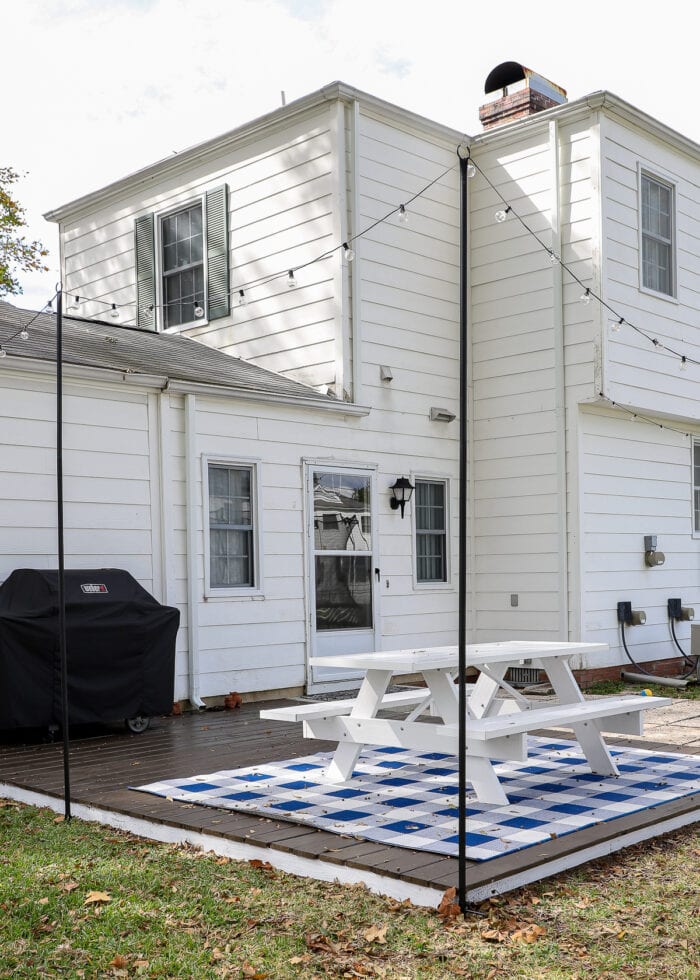
Anything Your Landlord Approves
Last but not least, you can actually paint ANYTHING your landlord/management company/property manager gives you permission to paint. Although this doesn’t happen a lot in commercially managed properties, some private landlords will let their tenant paint cabinets, floors, paneling, decks, etc…especially if it improves the overall look/condition of the property. You will usually have to cover the expenses (materials and labor) yourself, but you won’t have to re-paint/un-do it either.
I have gotten TONS of questions about the brick and tile surrounding the fireplace in our current rental. Although both of these surfaces are not ones I would generally recommend painting (see more below), I was given express permission by our management company to paint over them.
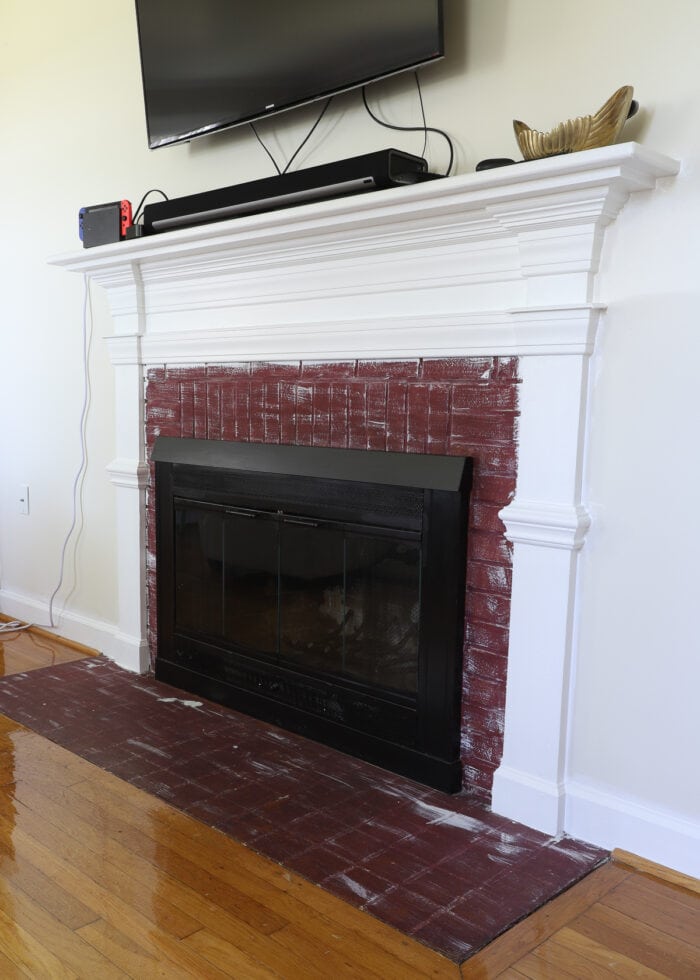
If you look closely, somewhere along the way someone already painted these surfaces with a “faux” treatment, and they looked terrible! Without hesitation, management told me I could paint over the bricks and tile (and I will not have to un-do it or prime over them).
All that said, I always, always, always recommend getting written permission for any un-doable changes you want to make in order to eliminate any confusion or misunderstandings at the end of your lease.
Surfaces You SHOULDN’T Paint in a Rental
Okay, so now that I’ve covered all the areas you can (typically) safely paint, what about the areas you shouldn’t? Here are the surfaces I generally do not recommend painting unless given express permission to do so.
Floors
Unless the floors are already painted with a durable floor paint, floors are usually off limits. Paint applied to hardwood, vinyl, linoleum, tile, or carpet is not generally considered “un-doable.”
Brick
Because of their porous nature and cracks, paint cannot be removed from raw bricks. If you have un-painted bricks in your home, you most likely need to embrace their color or cover them in something removable.
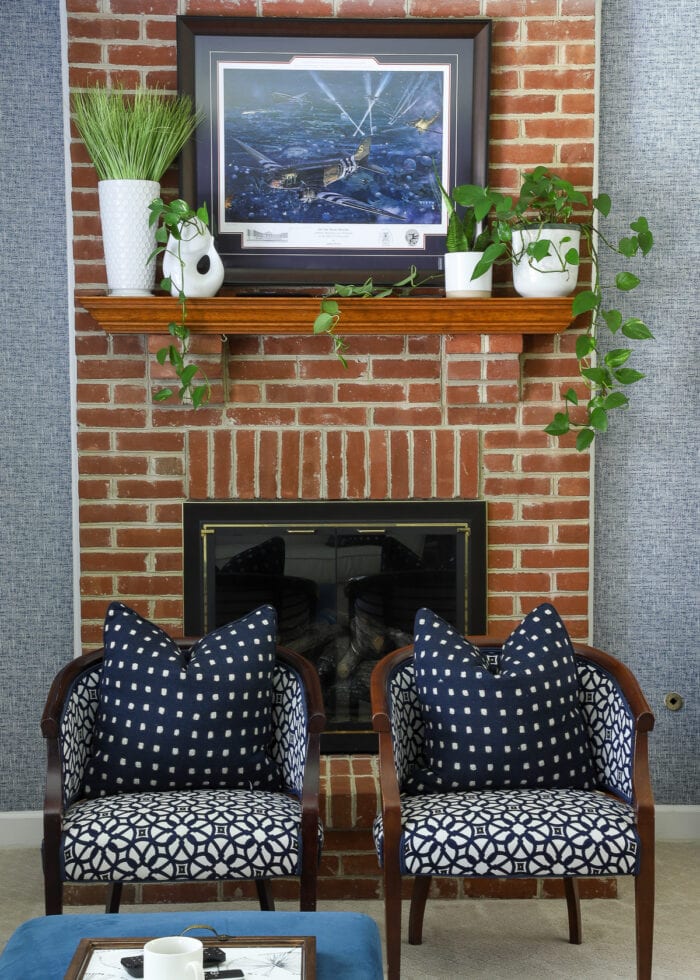
Tile
Tile, whether on a backsplash, countertop, or floor, should not be painted. In order to return the (glossy or textured) tile to its original condition, you would likely have to sand or chemically remove the paint which can ultimately damage the tile.
Countertops
Likewise, laminate, stone, or wood countertops are not surfaces that can be painted and then easily “un-done.” If you really dislike the color of your countertop, you are better off switching it out or covering it in a peel-and-stick product.
Wood
As already mentioned throughout this post…anything that is wood should not be painted without permission. This includes kitchen cabinets, bathroom cabinets, floors, trim, railings, banisters, window trim, etc. The only way to return painted wood back to its original condition/color would be to sand or chemically strip off the paint. Not only is this completely impractical from a rental standpoint, but it can also damage the underlying wood.
If you simply hate the color of your cabinets or floors, you are best off covering them in something removable or embracing the color instead! See how: What Kitchen Color Schemes Work With Oak Cabinets?
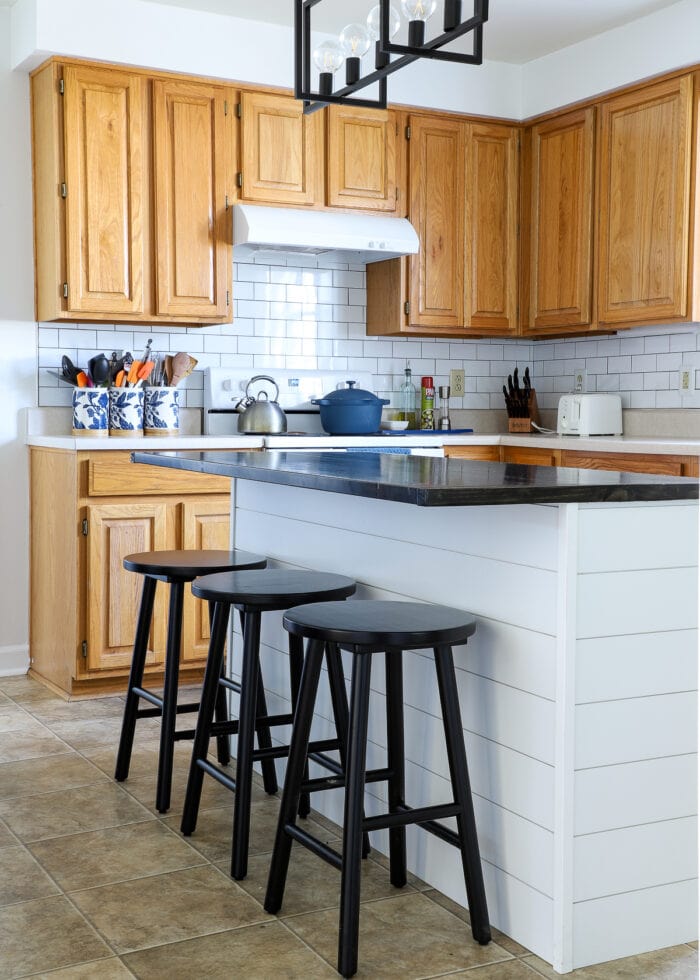
Anything Your Landlord Forbids
Finally, as mentioned earlier, your lease might stipulate some “common” surfaces you cannot paint. Whether this extends to all apartment walls or just certain ones (because of a special wall treatment, accent wall, etc), you must abide by the terms of your lease.
If you simply are not allowed to paint your walls, there are lots and lots of other things you can do instead such as peel and stick wallpaper, fabric, etc (9 Things Renters CAN Put on Walls!)
As I’ve shown here, many surfaces in a rental can indeed be safely painted (and then re-painted back). And while I encourage you think beyond the walls and embrace different elements in your space, it should never be at the risk of your security deposit (or relationship with your management).
Before opening a can of paint, always get clarity on what you are and are not allowed to do. Only then will you be able to confidently paint your way to a home that looks and feels more like YOU!
Megan


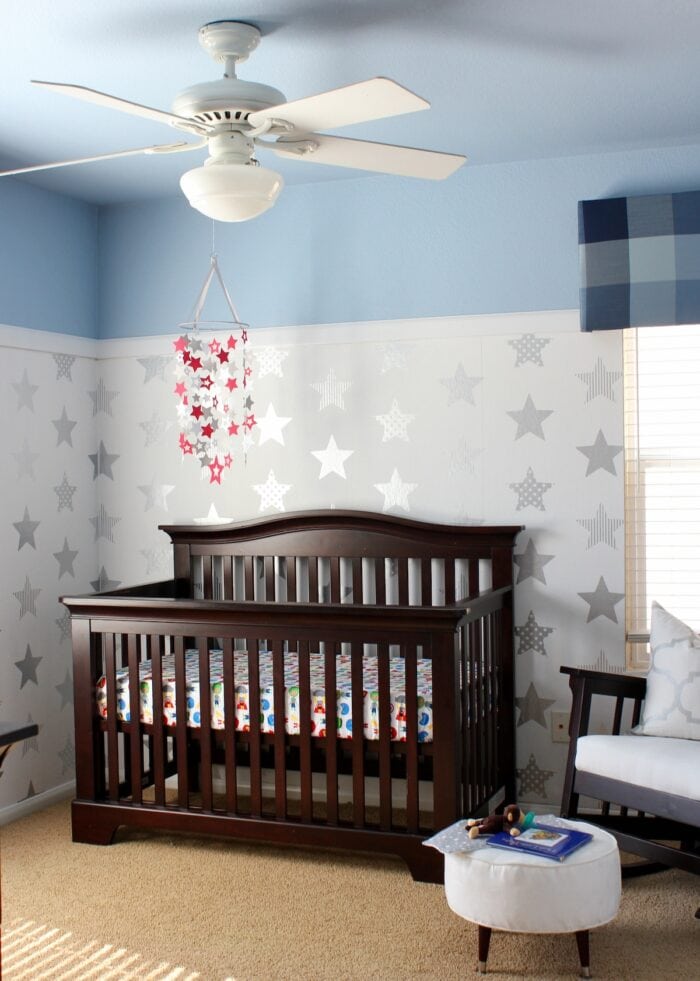
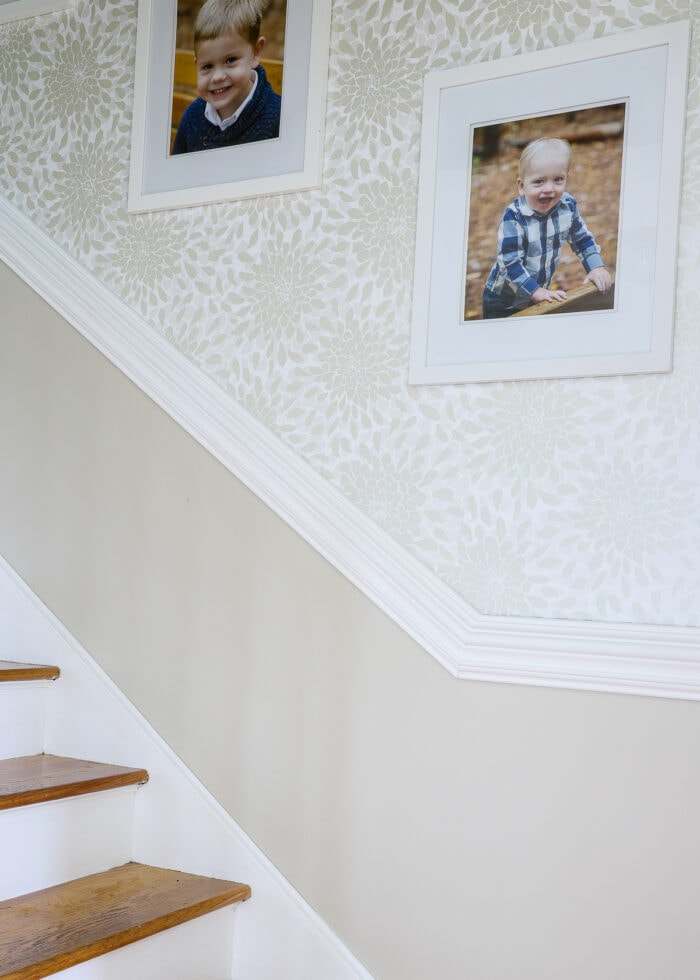
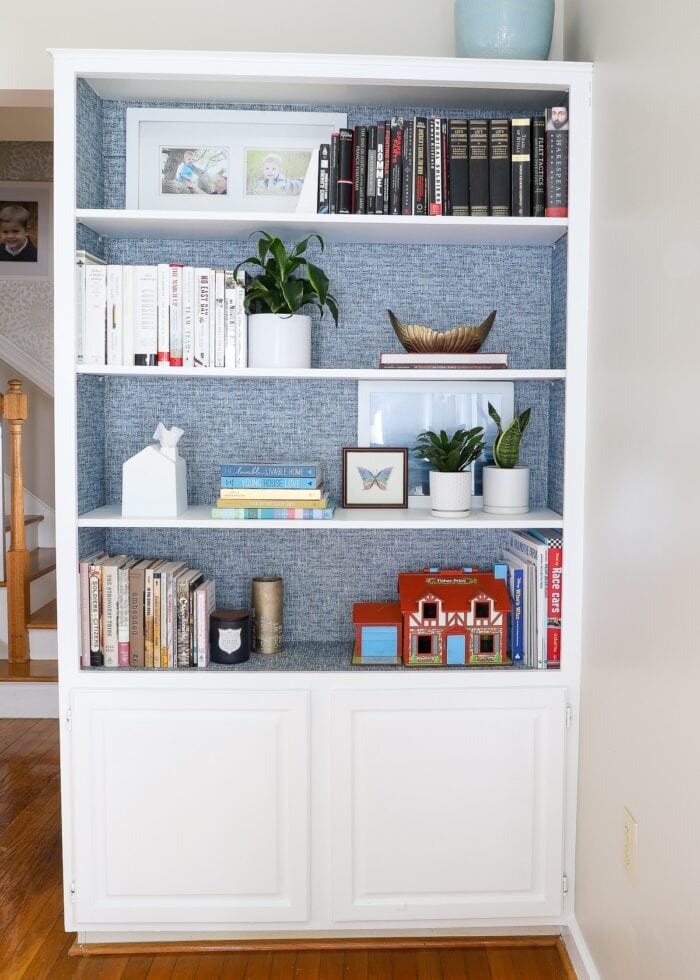
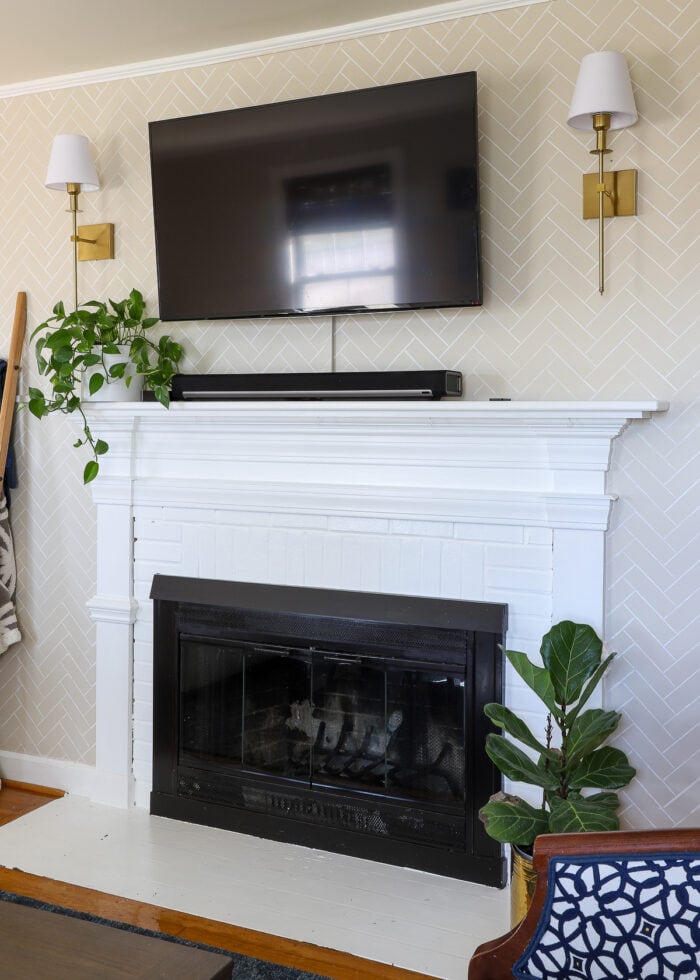
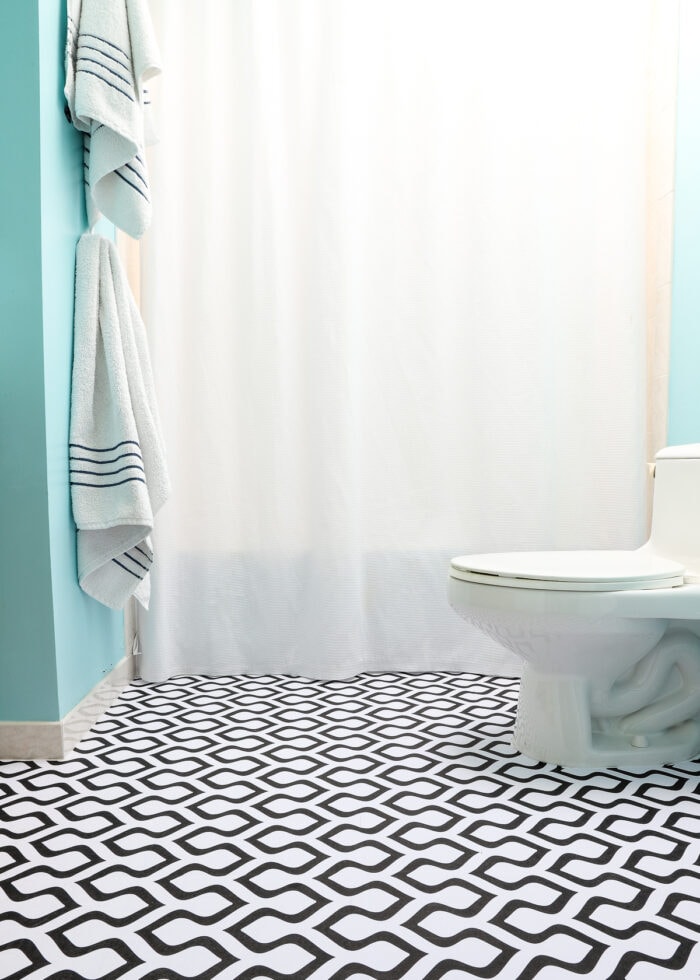
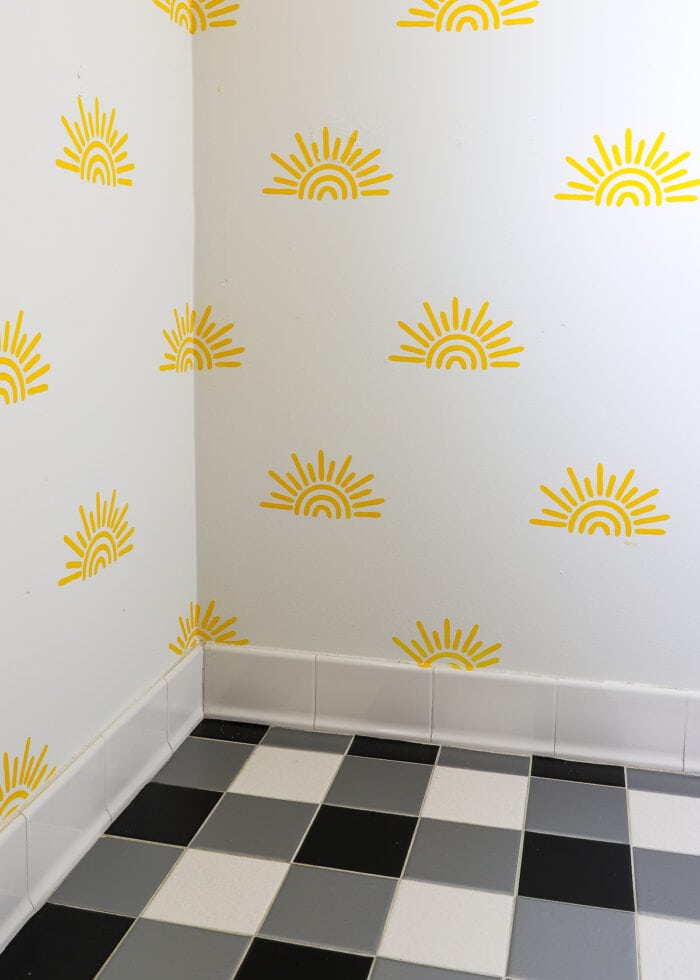
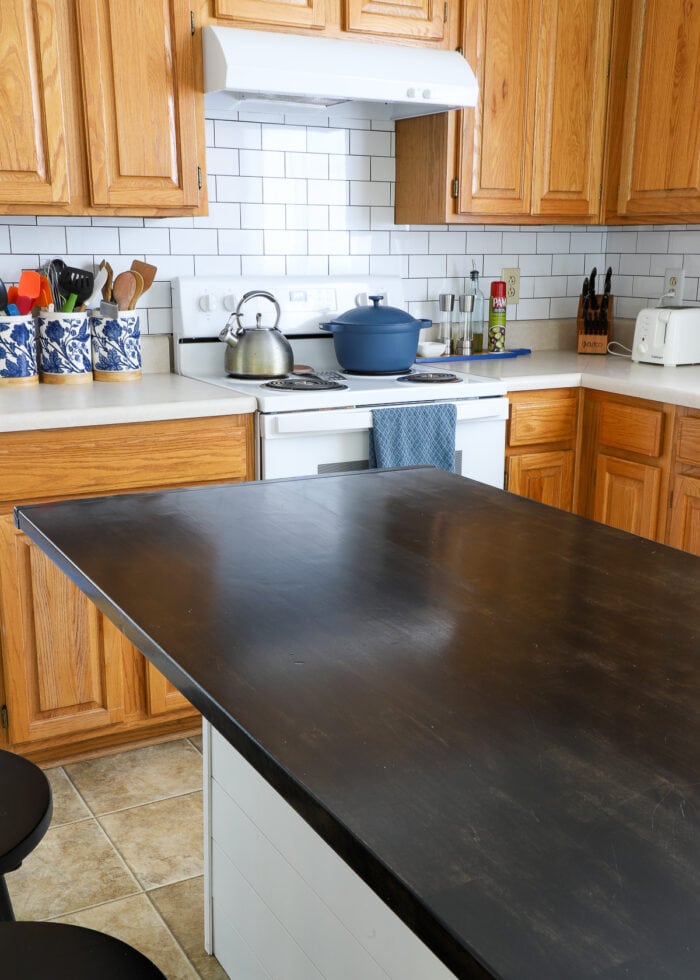
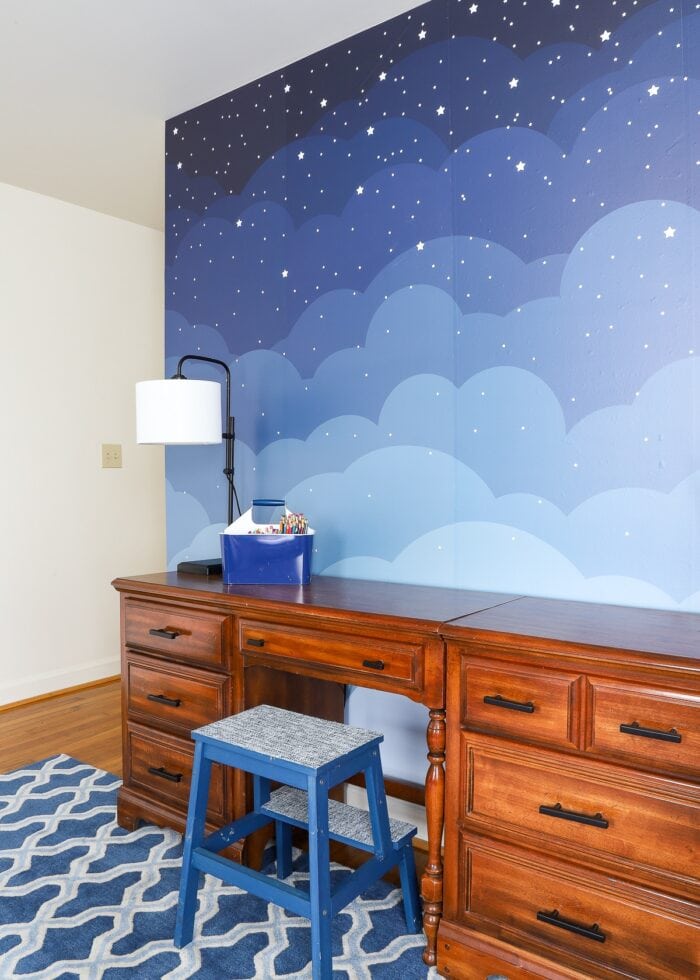
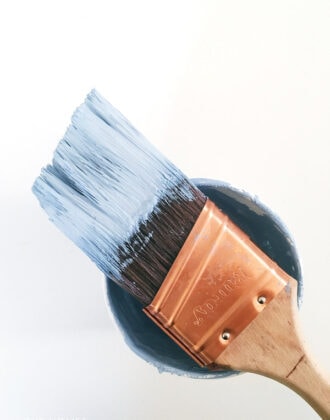
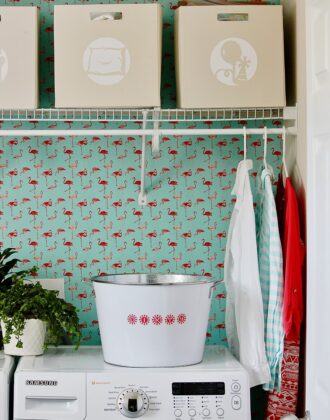
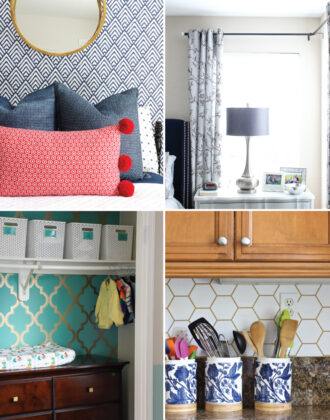
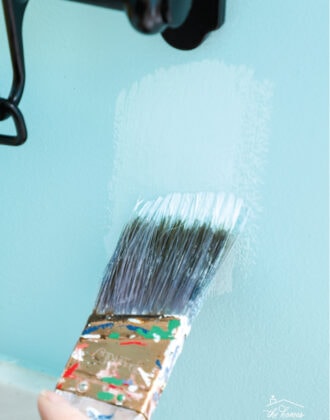

2 Comments on “10 Things You CAN Paint In Your Rental (+5 Things You Probably Shouldn’t)”
Great post! You are kind to call the color that came with your rental “eggshell yellow-white.” I call that color smokers white.
With all the room painting you do, have you thought of adding to your tool arsenal a relatively lightweight but pro style airless sprayer? I have this dupe of the fancy one at Home Depot, that often goes on sale for 199:
https://www.harborfreight.com/painting/paint-sprayers/airless-paint-primer-stain-sprayer-57042.html
I hate orange peel walls so everywhere I’ve lived I do a light skim to fill it and then spray the walls. I also enjoy leaving the place better than I found it.
I confess I cringed at your paint brush photo! Wanted to share a great video from This Old House with helpful tips:
https://youtu.be/Vjx0vSx80W8
I’ve been blessed by being a homeowner since 1978. But during a 6 month period between moves we rented a duplex. After 15 or so years of a garage door opener I was aghast nay the 3 ton solid wood door. So I got permission from landlord owner to install one. Since we’d already done it twice he went along with the idea. From there we were inspired to add a sprinkler timer and a ceiling fan. We were lucky and I’ll say that being homeowners made the difference. Our home we were moving to just wasn’t available. But we had the MLS pictures of our he one we sold. It just never hurts to ask!